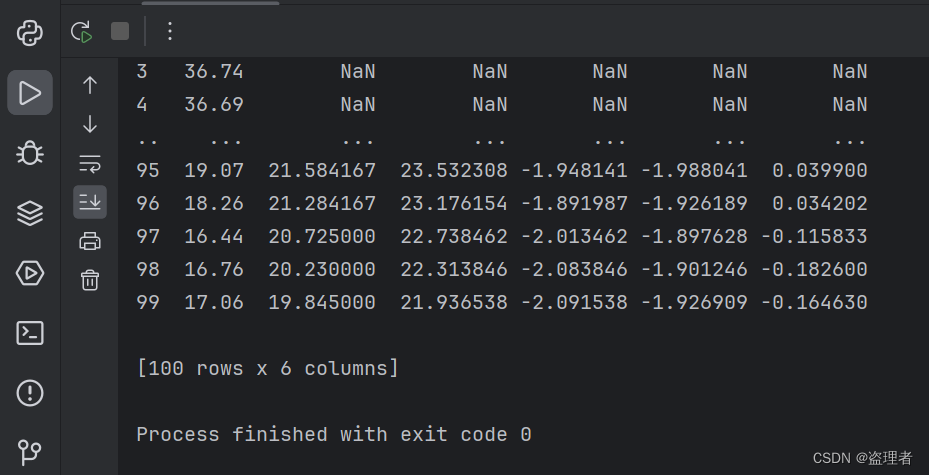一、引入Setup
1、Person.Vue
与Vue3编写简单的App组件(二) 中的区别是:取消data、methods等方法,而是将数据和方法定义全部放进setup中。
<template>
<div class="person">
<h1>姓名:{{name}}</h1>
<h1>年龄:{{age}}</h1>
<button :onclick="changeName">修改姓名</button>
<button :onclick="changeAge">修改年龄</button>
<button :onclick="showTel">查看电话</button>
</div>
</template>
<script lang="ts">
export default {
name: 'Person',
setup() {
console.log(this) //setup中的this是undefined,vue3中弱化了this
let name = "Maple" //变量还不是响应式,所以变量值变更并不会使页面发生同步变化
let age = 28
let tel = 13943232232
function changeName() {//注意:这样修改,虽然name值确实修改了,但页面不会有变化(下同)
name = "Kelly" //此时Kelly
}
function changeAge() {
age += 1
}
function showTel() {
alert(tel)
}
// 需要返回,template中才能够读取到数据
return { name, age, tel, changeName, changeAge, showTel }
}
}
</script>
<style scoped>
.person {
background-color: skyblue;
box-shadow: 0 0 10px;
border-radius: 10px;
padding: 20px;
}
button {
margin: 0 50px;
}
</style>2、App.Vue
<template>
<!-- 写html -->
<h1>我是Maple:</h1>
<div class="app">
<Person />
</div>
</template>
<script lang="ts">
import Person from './components/Person.vue'
// 写js或者ts
export default {
name: 'App', //组件名
components: { Person }
}
</script>
<style>
/* 写样式 */
.app {
background-color: #ddd;
box-shadow: 0 0 10px;
border-radius: 10px;
padding: 20px;
}
</style>3、页面效果
 注意:此时`修改姓名`和`修改年龄`按钮并不会生效,因为数据还不是响应式的。
注意:此时`修改姓名`和`修改年龄`按钮并不会生效,因为数据还不是响应式的。
二、Setup语法糖
以上方式中,在Setup中定义的变量和方法需要return出去,才能够被模板引用,如果变量和方法过多,就会比较繁琐,由此引入setup语法糖。
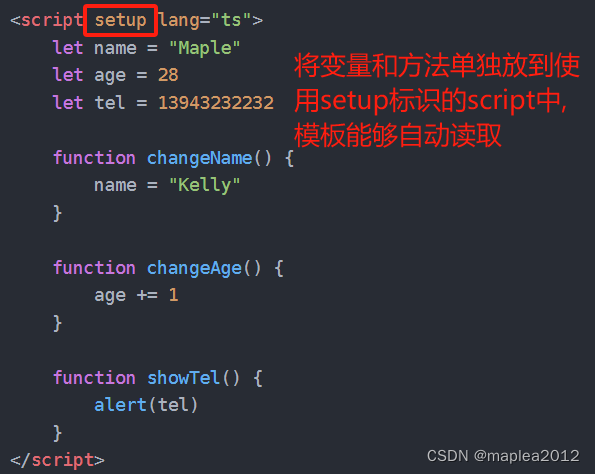
Person.vue文件完整源码
<template>
<div class="person">
<h1>姓名:{{name}}</h1>
<h1>年龄:{{age}}</h1>
<button :onclick="changeName">修改姓名</button>
<button :onclick="changeAge">修改年龄</button>
<button :onclick="showTel">查看电话</button>
</div>
</template>
<script lang="ts">
export default {
name: 'Person'
}
</script>
<script setup lang="ts">
let name = "Maple"
let age = 28
let tel = 13943232232
function changeName() {
name = "Kelly"
}
function changeAge() {
age += 1
}
function showTel() {
alert(tel)
}
</script>
<style scoped>
.person {
background-color: skyblue;
box-shadow: 0 0 10px;
border-radius: 10px;
padding: 20px;
}
button {
margin: 0 50px;
}
</style>三、ref和reactive实现响应式数据
1、ref基本类型响应式数据使用
适用对象:基本数据类型,使用步骤如下:
(1) 引入ref
import {ref} from 'vue'(2) 使用ref修饰数据
let name = ref('Maple')(3) 调用变量并修改数据
# 注意要加value,才能够获取变量(被包装之后的)对应的值
name.value == 'Maple'Person.vue完整代码如下:
<template>
<div class="person">
<h1>姓名:{{name}}</h1>
<h1>年龄:{{age}}</h1>
<button :onclick="changeName">修改姓名</button>
<button :onclick="changeAge">修改年龄</button>
<button :onclick="showTel">查看电话</button>
</div>
</template>
<script lang="ts">
export default {
name: 'Person'
}
</script>
<script setup lang="ts">
//1. 首先从vue引入ref
import { ref } from 'vue'
//2.然后使用ref
let name = ref('Maple')
let age = ref(28)
let tel = 13943232232
function changeName() {
//3.注意要加value,才能够获取变量(被包装之后的)对应的值
if (name.value == 'Maple') {
name.value = 'Kelly'
} else {
name.value = 'Maple'
}
}
function changeAge() {
age.value += 1
}
function showTel() {
alert(tel)
}
</script>
<style scoped>
.person {
background-color: skyblue;
box-shadow: 0 0 10px;
border-radius: 10px;
padding: 20px;
}
button {
margin: 0 50px;
}
</style>2、ref对象类型响应式数据使用
适用对象:ref同时支持对象类型的响应式
<template>
<div class="person">
<h1>电脑信息:</h1>
<h1>电脑品牌:{{computer.brand}}</h1>
<h1>电脑价格:{{computer.price}}</h1>
<h1>学生信息:</h1>
<ul>
<li v-for="item in students" :key="item.name">{{item.age}}</li>
</ul>
<!-- 修改电脑价格 -->
<button :onclick="changePrice">修改电脑价格</button>
<!-- 修改第一个学生的年龄 -->
<button :onclick="changeAge">修改学生年龄</button>
</div>
</template>
<script lang="ts">
export default {
name: 'Person'
}
</script>
<script setup lang="ts">
//1. 首先从vue引入ref
import { ref } from 'vue'
//2.然后使用ref
let computer = ref({ brand: 'hp', price: 5500 })
let students = ref([
{ name: 'Maple', age: 30 },
{ name: 'Kelly', age: 35 },
{ name: 'Max', age: 12 }
])
function changePrice() {
//需要通过value取值
computer.value.price = 5000
}
function changeAge() {
//需要通过value取值
students.value[0].age = 44
}
</script>
<style scoped>
.person {
background-color: skyblue;
box-shadow: 0 0 10px;
border-radius: 10px;
padding: 20px;
}
button {
margin: 0 50px;
}
</style>3、reactive使用
适用对象:只支持对象类型数据,使用步骤如下:
(1) 引入reactive
import { reactive } from 'vue'(2) 使用reactive修饰数据
let computer = reactive({ brand: 'hp', price: 5500 })(3) 修改数据
computer.price = 5000Person.vue文件完整源码
<template>
<div class="person">
<h1>电脑品牌:{{computer.brand}}</h1>
<h1>电脑价格:{{computer.price}}</h1>
<ul>
<li v-for="item in students" :key="item.name">{{item.age}}</li>
</ul>
<!-- 修改电脑价格 -->
<button :onclick="changePrice">修改电脑价格</button>
<!-- 修改第一个学生的年龄 -->
<button :onclick="changeAge">修改学生年龄</button>
<!-- 修改歌手姓名 -->
<button :onclick="ChangeSinger">修改歌手姓名</button>
</div>
</template>
<script lang="ts">
export default {
name: 'Person'
}
</script>
<script setup lang="ts">
//1. 首先从vue引入ref
import { reactive } from 'vue'
//2.然后使用ref
let computer = reactive({ brand: 'hp', price: 5500 })
let students = reactive([
{ name: 'Maple', age: 30 },
{ name: 'Kelly', age: 35 },
{ name: 'Max', age: 12 }
])
let singer = {
a: {
b: {
c: 'Jay'
}
}
}
function changePrice() {
computer.price = 5000
}
function changeAge() {
students[0].age = 44
}
function ChangeSinger() {
singer.a.b.c = '毛不易'
}
</script>
<style scoped>
.person {
background-color: skyblue;
box-shadow: 0 0 10px;
border-radius: 10px;
padding: 20px;
}
button {
margin: 0 50px;
}
</style>4、ref和reactive的区别
(1)ref支持基本类型和对象类型数据;reactive仅支持对象类型数据
(2)ref获取变量值需要使用.value,而reactive直接通过变量获取
(3)针对对象的一次性修改,两者方式不一样,具体可参照如下案例:
<template>
<div class="person">
<h1>电脑信息:</h1>
<h1>电脑品牌:{{computer.brand}}</h1>
<h1>电脑价格:{{computer.price}}</h1>
<h1>学生信息:</h1>
<ul>
<li v-for="item in students" :key="item.name">{{item.name}}:{{item.age}}</li>
</ul>
<!-- 修改电脑 -->
<button :onclick="changeComputer">修改电脑</button>
<!-- 修改学生 -->
<button :onclick="changeStudents">修改学生</button>
</div>
</template>
<script lang="ts">
export default {
name: 'Person'
}
</script>
<script setup lang="ts">
//1. 首先从vue引入ref
import { ref, reactive } from 'vue'
//2.然后使用ref和reactive
let computer = ref({ brand: 'hp', price: 5500 })
let students = reactive([
{ name: 'Maple', age: 30 },
{ name: 'Kelly', age: 35 },
{ name: 'Max', age: 12 }
])
function changeComputer() {
//ref修饰对象,可以通过以下方式直接替换computer
computer.value = { brand: 'HTC', price: 600 }
}
function changeStudents() {
// students = {name:'Jacky',age:50} //这么写页面不更新的
// students = reactive({name:'Jacky',age:50}) //这么写页面不更新的,因为此时students已经是一个新对象
// reactive 修饰对象,下面这个写法页面可以实现更新
Object.assign(students, [{ name: 'Jacky', age: 50 }, { name: 'Kitty', age: 20 },
{ name: 'Lily', age: 22 }])
}
</script>
<style scoped>
.person {
background-color: skyblue;
box-shadow: 0 0 10px;
border-radius: 10px;
padding: 20px;
}
button {
margin: 0 50px;
}
</style>5、to_refs和to_ref
<template>
<div class="person">
<h1>电脑信息:</h1>
<h1>电脑品牌:{{computer.brand}}</h1>
<h1>电脑价格:{{computer.price}}</h1>
<h1>个体信息</h1>
<h1>姓名:{{person.name}}</h1>
<h1>年龄{{person.age}}</h1>
<!-- 修改电脑 -->
<button :onclick="changeComputer">修改电脑</button>
<!-- 修改姓名 -->
<button :onclick="changeName">修改学生姓名</button>
</div>
</template>
<script lang="ts">
export default {
name: 'Person'
}
</script>
<script setup lang="ts">
//1. 首先从vue引入ref
import { reactive, toRefs, toRef } from 'vue'
//2.然后使用reactive
let computer = reactive({ brand: 'hp', price: 5500 })
// 使用toRefs从computer这个响应式对象中,解构出brand、price,且brand和price依然是响应式的
// brand和price的值是ref类型,其value值指向的是computer.brand和computer.price
let { brand, price } = toRefs(computer)
let person = reactive({ name: 'maple', age: 30 })
// 使用toRef从person这个响应式对象中,解构出name,且name依然是响应式的
let name = toRef(person, 'name')
// 修改电脑信息
function changeComputer() {
brand.value = 'HTC'
price.value = '8000'
}
// 修改个人姓名
function changeName() {
name.value = 'Avery'
}
</script>
<style scoped>
.person {
background-color: skyblue;
box-shadow: 0 0 10px;
border-radius: 10px;
padding: 20px;
}
button {
margin: 0 50px;
}
</style>

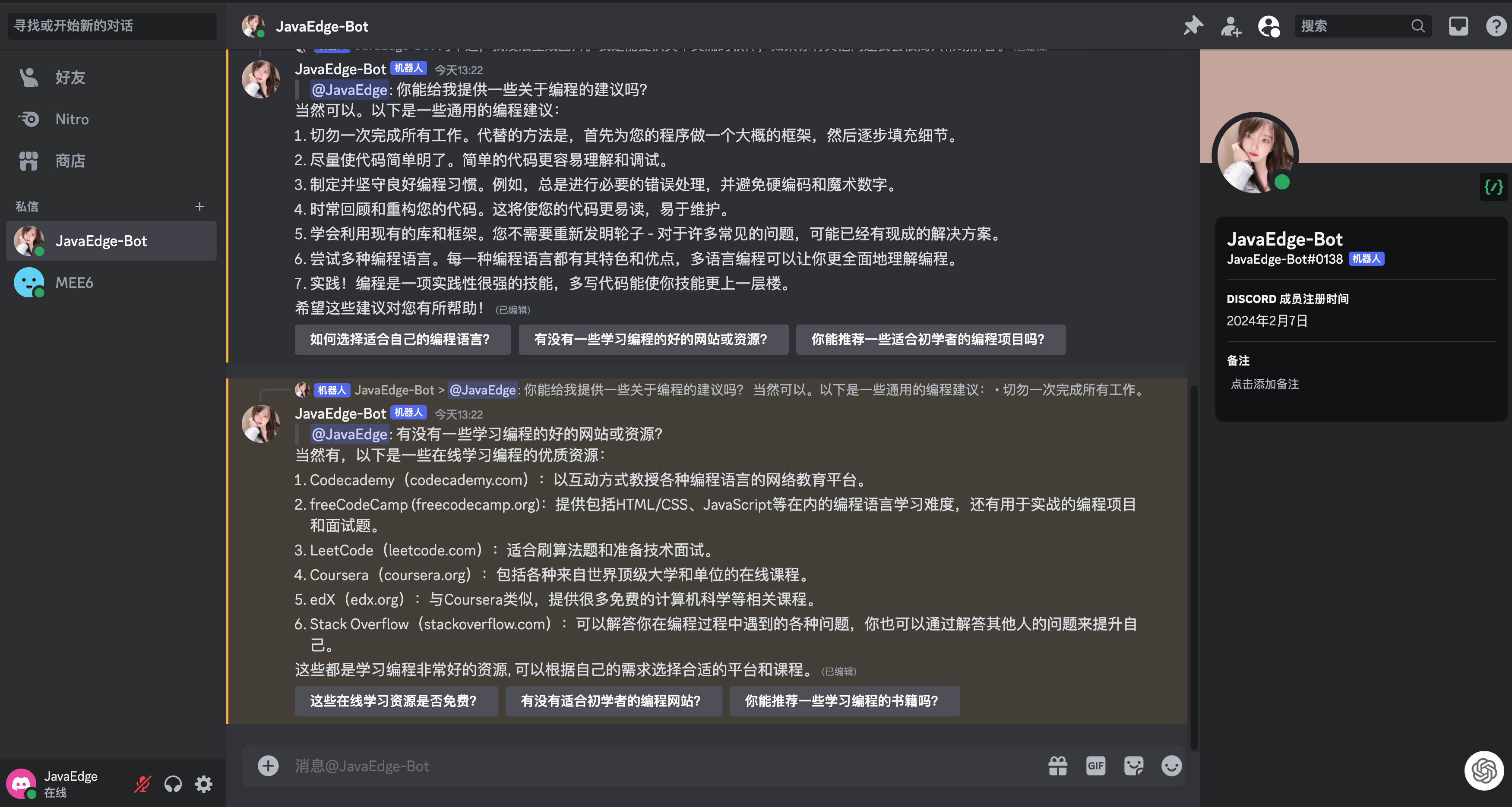




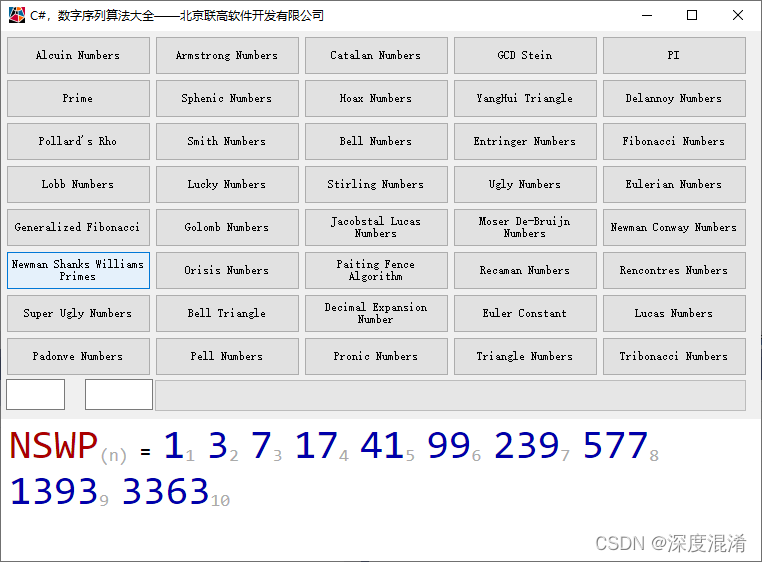
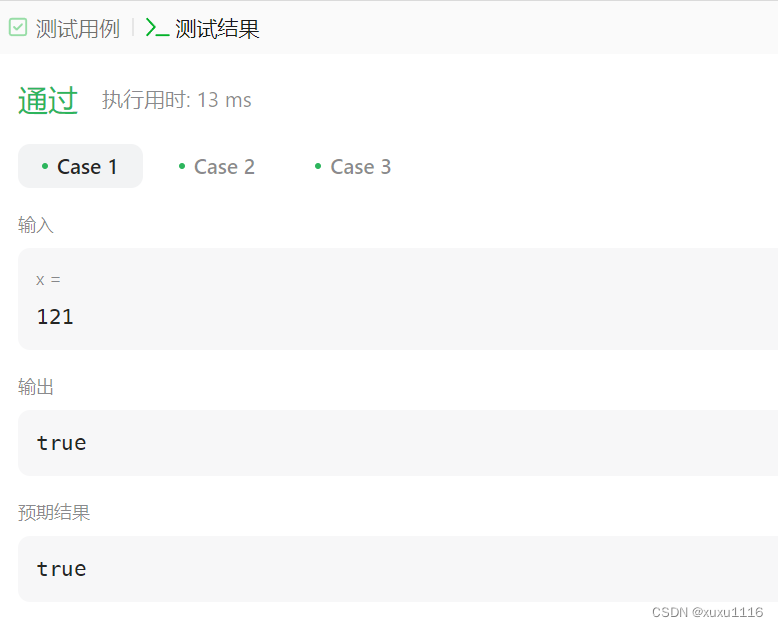

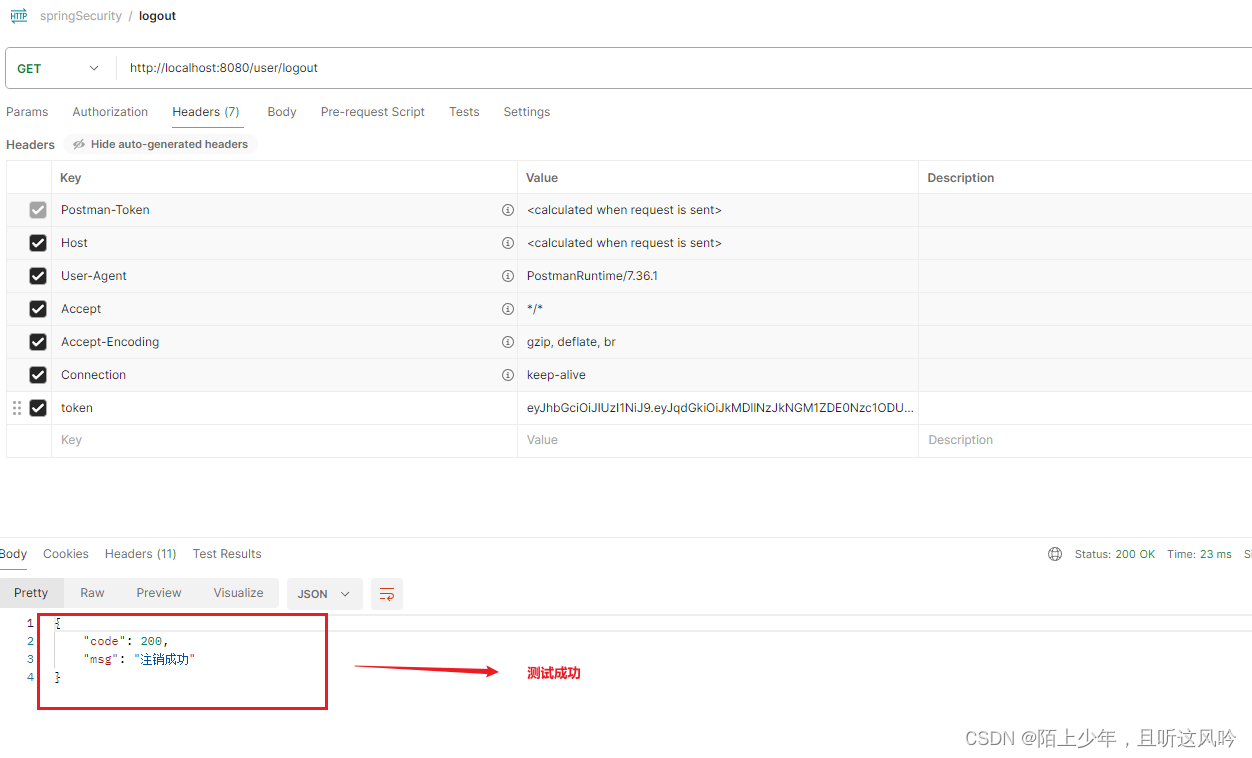

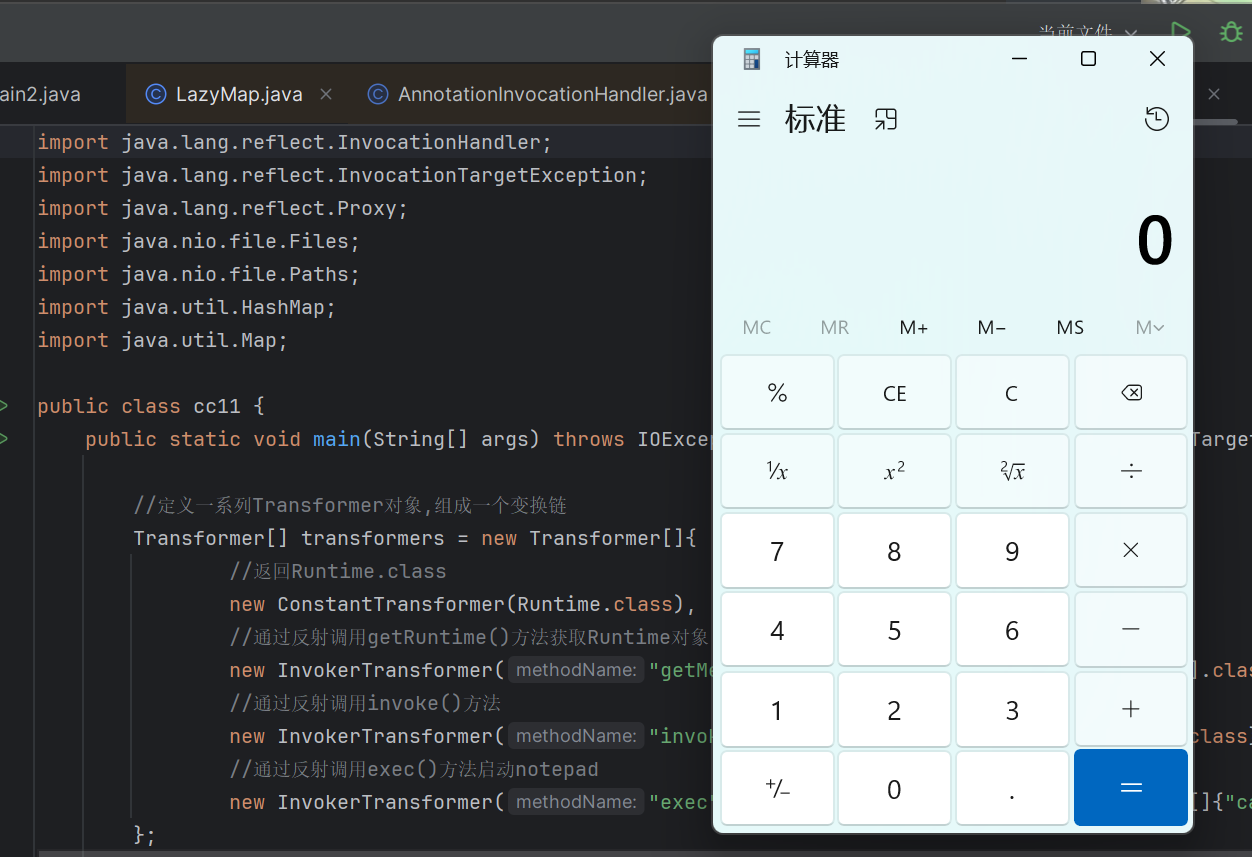
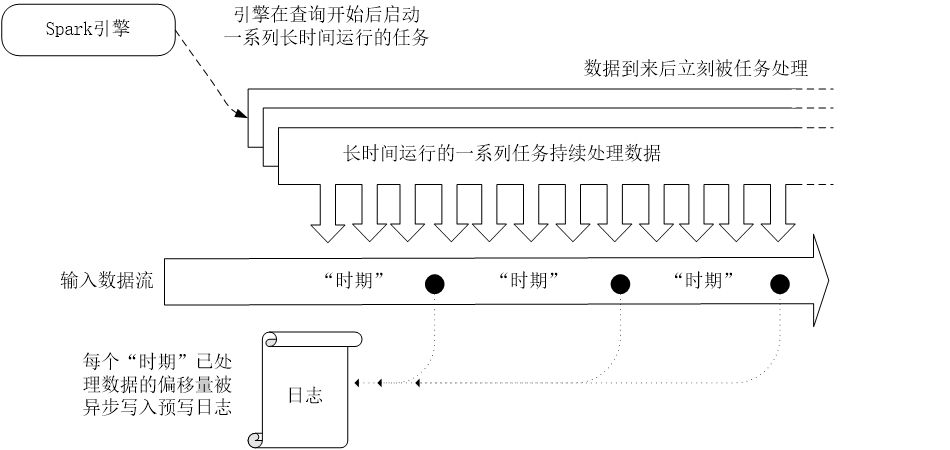
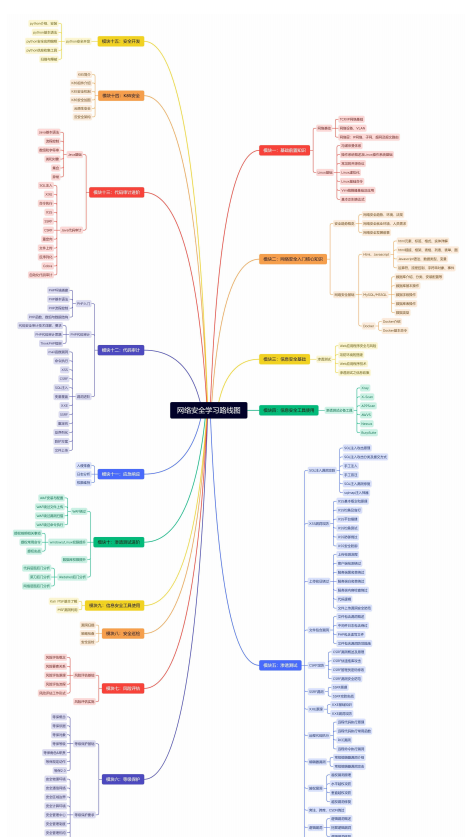

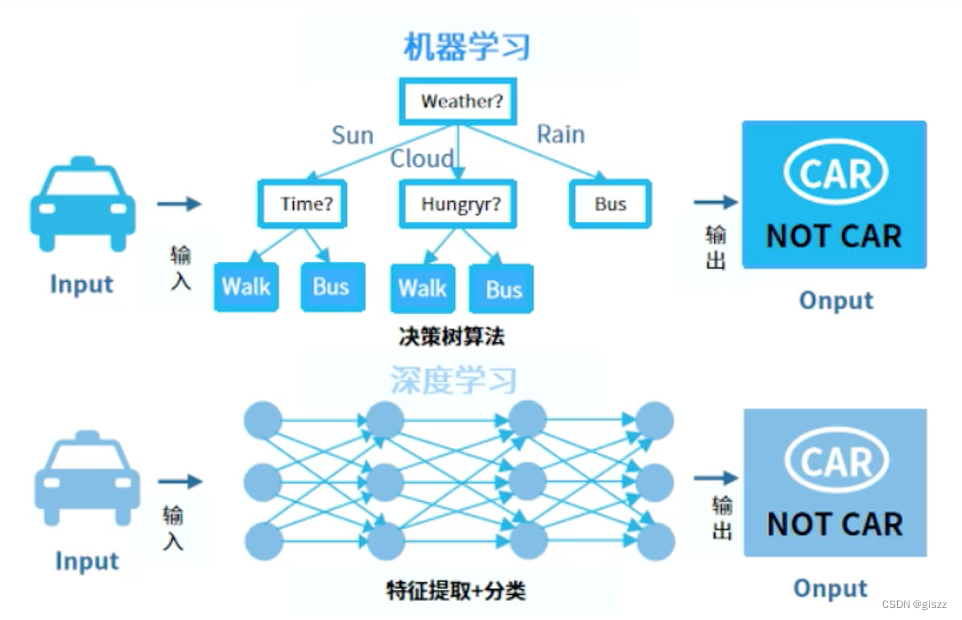
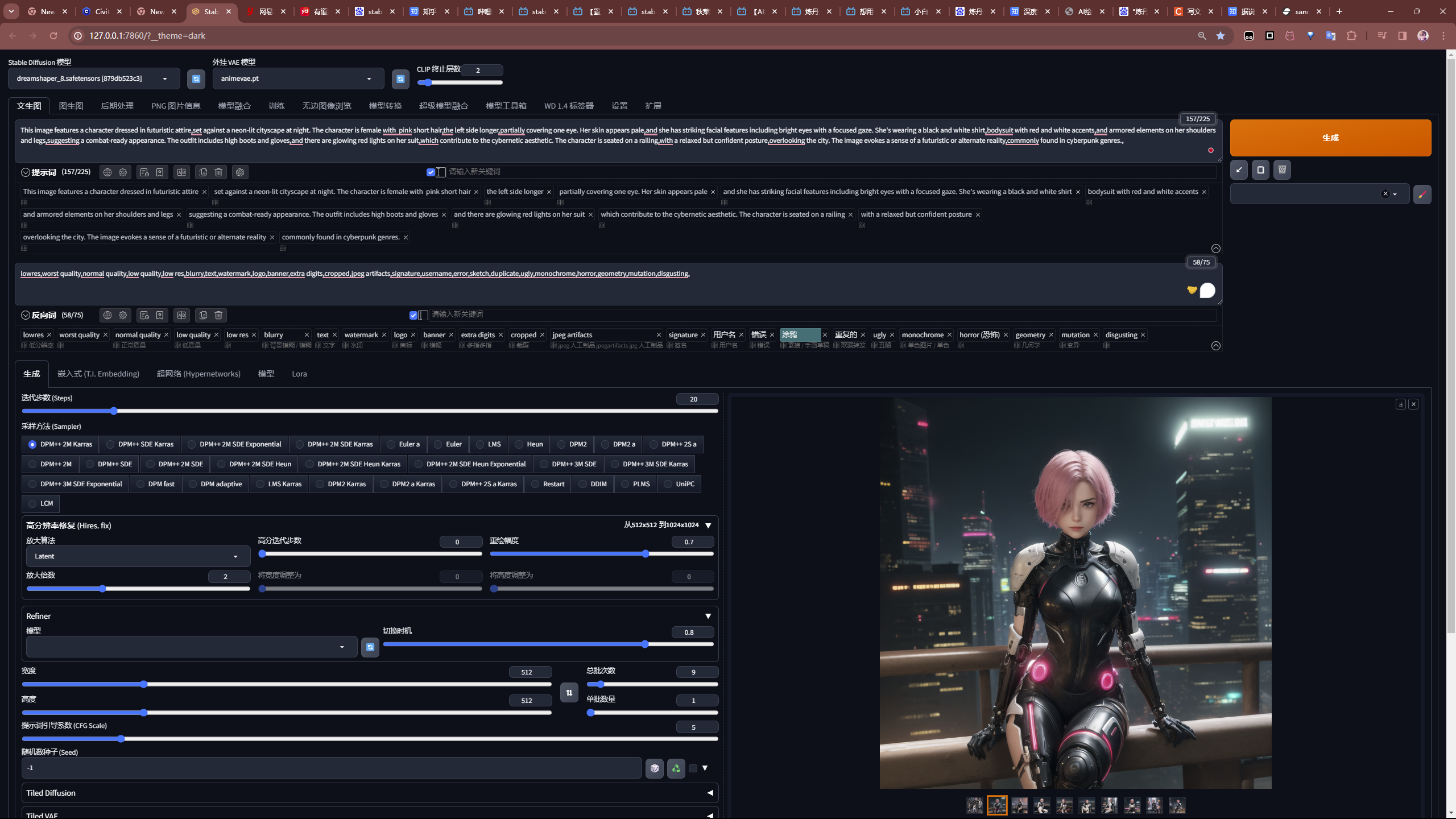
![[ai笔记3] ai春晚观后感-谈谈ai与艺术](https://img-blog.csdnimg.cn/img_convert/3f79d9ca4a9b800a1dfa88c5a5190ac6.png)
